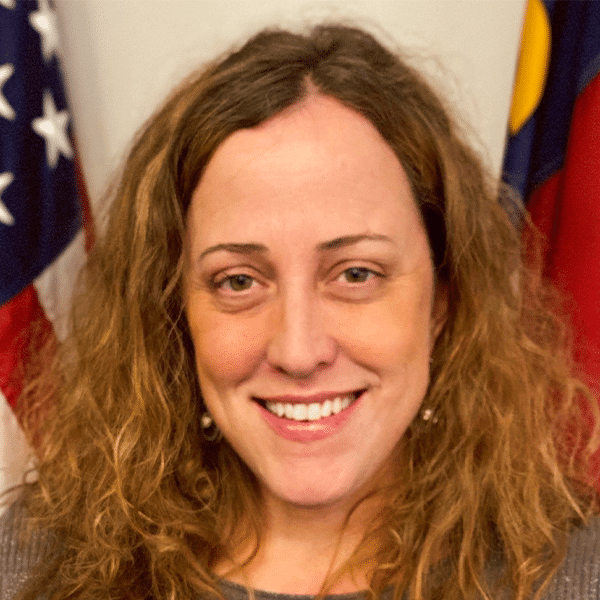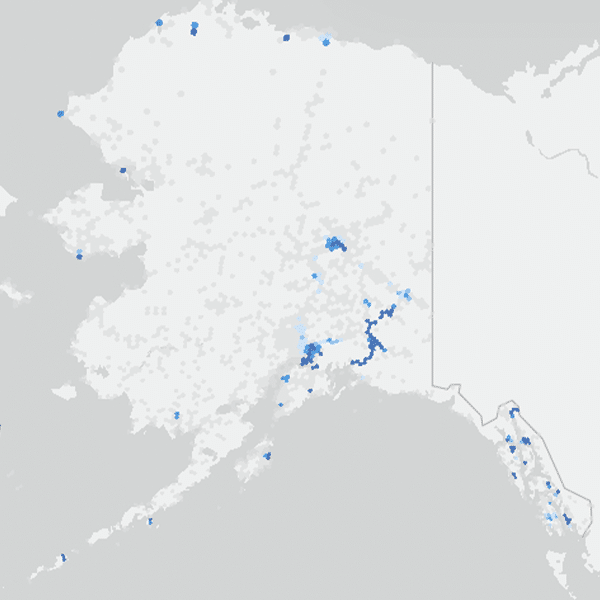 The nation’s largest price cap carriers and the American Cable Association have been waging a war of words over the cost model that the price cap carriers proposed for phase 2 of the Connect America Fund, the broadband Universal Service program. Several of the nation’s largest price cap carriers have been working together for a couple of years now as the ABC Coalition, a coalition formed specifically to enable those carriers to develop consensus about Universal Service reform and to speak with a common voice on those reforms. (Initial members included AT&T, CenturyLink, FairPoint, Frontier, Verizon, and Windstream.)
The nation’s largest price cap carriers and the American Cable Association have been waging a war of words over the cost model that the price cap carriers proposed for phase 2 of the Connect America Fund, the broadband Universal Service program. Several of the nation’s largest price cap carriers have been working together for a couple of years now as the ABC Coalition, a coalition formed specifically to enable those carriers to develop consensus about Universal Service reform and to speak with a common voice on those reforms. (Initial members included AT&T, CenturyLink, FairPoint, Frontier, Verizon, and Windstream.)
At issue is the cost model that will be used to determine the level of support that price cap carriers will be offered to help cover the costs of bringing broadband to areas of their service territories that are costly to serve and that cannot get broadband today. The price cap carriers submitted a cost model which has come under attack by the ACA, which argues that the model would direct more money than merited to the price cap carriers.
The ACA recommends a “brown field” approach that assumes the price cap carriers would re-use existing copper wiring already in place to deliver DSL to the areas lacking broadband. The price cap carriers have argued against the ACA recommendations which they say would prevent them from recovering the cost of previously installed copper.
In comments filed with the FCC on Friday, the ACA argues that the price cap carriers shouldn’t be entitled to recover previous copper investments through the CAF program for all of their unserved lines because some of those lines were not covered through the traditional voice-focused Universal Service program.
“The price cap LECs unreasonably seek recovery under the CAF for prior investments made to serve locations in areas that were never supported by the high-cost USF fund,” the ACA letter states. “From ACA’s calculations, this represents approximately 14% of the proposed phase 2 support for the price cap LECs and 32% for AT&T alone.”
In an interview AT&T Vice President of Federal Regulatory Hank Hultquist did not confirm or deny the 32% figure. But he said focusing on numbers such as that is not a useful way to approach the high-cost model.
“The implicit assumption is that the old program was a rational way to provide Universal Service,” he said. “The fact that we have extremely high cost locations that receive no support under the old system belies the idea that the old program is a way to properly serve high-cost areas.”
Hultquist has previously noted, for example, that under the current program, AT&T is unable to receive USF support for high-cost areas of states where the company also serves large metropolitan areas because support is calculated based on the company’s average costs within the state.
The plan for phase 2 of the Connect America Fund program for price cap carriers is for the FCC to offer support to those carriers (for households that cannot get broadband today) based on an as-yet-to-be-determined cost model. If those carriers decline to deliver broadband at that level of support, competitive carriers such as ACA’s members would have the opportunity to participate in a reverse auction, with support going to the carrier that offers to deliver broadband at the lowest level of support. If the cost model were to assume that carriers re-use their existing copper, the estimated cost to deploy broadband – and the projected level of support — would be lower, potentially increasing the odds that the incumbents would decline the funding, thereby opening up opportunities for ACA members.
The ACA has previously argued that its members are well positioned to bring broadband to unserved rural areas because they already have cable TV infrastructure in those areas that they could leverage.


